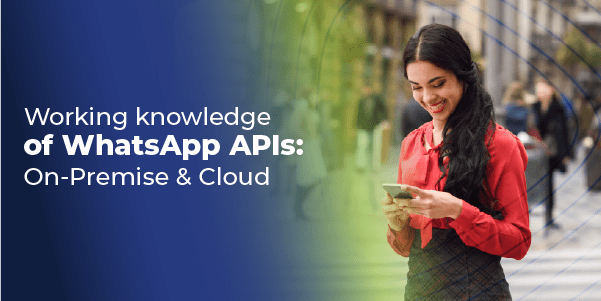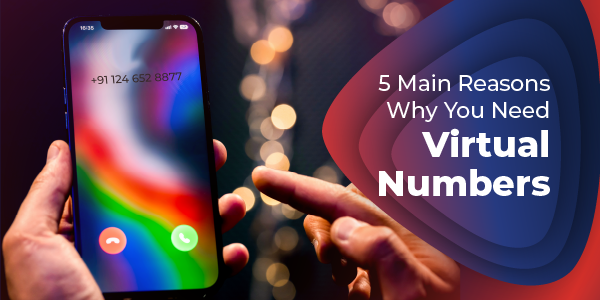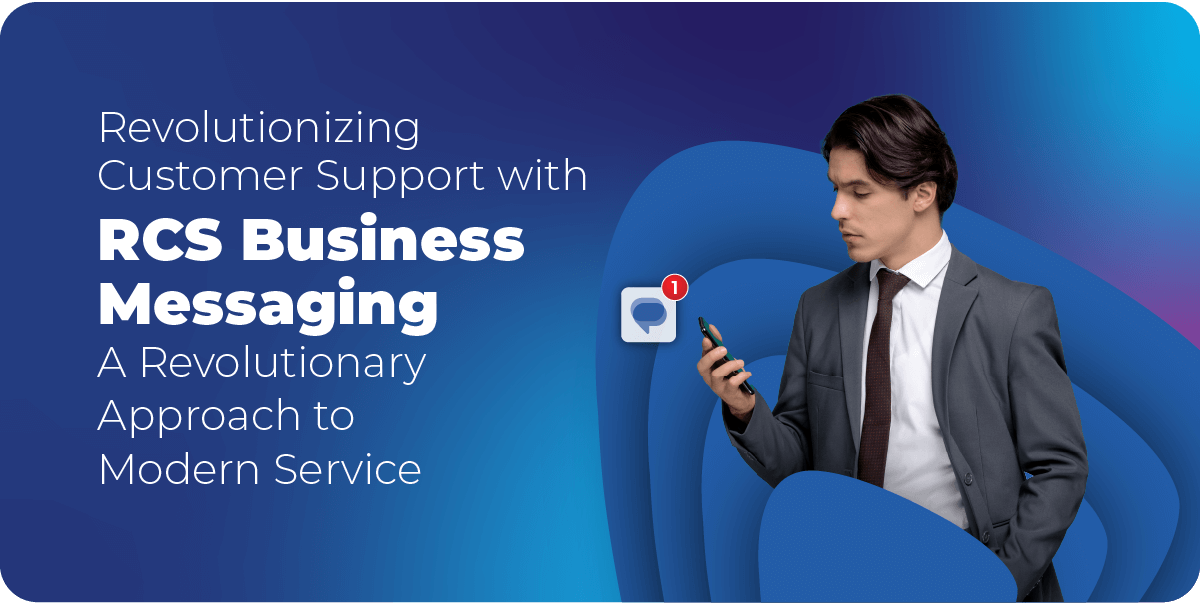Key Highlights
- Personalization
- High-level of Flexibility
- Elimination of one way communication
- Amplified Reachability
- Elimination of hefty budget
- Cut down on the time involved
People today have gone far beyond the realms of conventional means of communication, coordination, and networking. A multi-party system, Indian political parties have become one of the most integral drivers for the betterment of society.
With as many as 1866 registered political parties, a total of 814.5 million people are eligible to participate in the elections. This system has been further divided and organized at a national, state, and district level with an aim to reach out to a maximum of the population. Also, considering the importance of the growing economy and the country, a political/an election campaign has been one of the major role players.
Traditionally, a political campaign is a well-organized effort aimed to influence the decision-making process within a specific group of people. For the ease of operations, these campaigns are also referred as electoral campaigns. Election campaigns are facilitators that enable the political parties to prepare and present their ideas and stands on various issues before the voters preceding the day of election. Owing to the severity of these electoral campaigns, contestants may use a wide range of techniques to reach voters and effectively deliver their messages using traditional methods such as public events, written materials, and many more.
Out of a population of 133.2 crores in India, a total of 101 crores of people are estimated to own active mobile connections as per TRAI in April 2018. With an exponential rise in the number of mobile phone users across the globe, the world is gradually progressing towards a technologically smarter era. Having said that, an estimated figure of over 74 crores is still using a basic feature phone. Considering India which majorly is segmented into two categories:
• Urban population
• Rural population
As per the report of census 2017, India constitutes a total of 66% of the population to rural area. While the smartphone penetration in these areas is just about 20.26%, there still is a deficit in reach of over 61.5 crores mobile phone users which are not smartphones out of 74 crores basic feature phone users. Taking under consideration that most of these people use basic phones which would not allow them to use the latest high-end features, reaching out to the mass population located in rural areas using a technology that requires minimum technology intervention becomes paramount.
While people even in the remotest locations are carving their path to synchronize well with digitization, it would be fair to join the hands of these technological advancements with our traditional systems in order to enhance the effectiveness of all the activities undertaken. More so, people are getting engaged and connected with a palm-sized technology which enables them to reach out to the world with nothing more than just a simple touch on their screens. Although 36% of the Indian population has been using smartphones, a huge chunk of 64% living in urban as well as rural India is still distant from getting a cutting edge technology mobile phones.
What if we bring together the power of voice broadcast with electoral campaigns?
With an active base of 1.012 billion mobile phone users, employing voice campaigns will help reach the message of all these leaders across the country. Versatile by nature, voice broadcasting can be used to promote events, deliver poll surveys, deliver general announcements, and many such activities.
A panoramic view on traditional means of electoral campaigns:
A typical electoral election campaign involves people, resources, and predominantly a need for people to be physically present. Without overlooking at the magnitude of politics and electing a leader who is beneficial for the country as a whole, customary campaigning has undoubtedly created the wave amongst the mob. Along with that, it comes with a pitfall. Some of the most commonly encountered obstacles are as follows:
- Need of human intervention
- Uncertainty in reachability
- High budget requirement
- Language Barrier
- Dependency on external factors
As these political parties majorly look out for support and recognition, a physical campaign such as a speech or a rally requires physical presence of people. Adding on to that, the success of these events is considerably dependent on the availability of space, equipment, and favourable climatic conditions. The entire event might go for a toss in case of unfavourable climatic conditions, or other factors.
Conducting campaigns with voice broadcasting will not just allow one to increase the reach but at the same time will proffer with a range of other features.
Personalization
Adding a tinge of personal touch has always been beneficial. With Voice Broadcasting, one can customize their campaigns based on their needs, and the demand of their target audience. You can also alter the campaign to a degree that suits the expectation of your upcoming campaigns. Additionally, a political leader will have the freedom to speak in a dialect that works for the masses. Also, these speeches can be then translated in the choice of the language required in the future in order to make it understandable yet effective.
High-level of Flexibility
It lets you take charge of your own campaigns. Developed to be able to use with a high level of ease, you can modify the campaigns without affecting the other attributes of your campaign. A simple and easy to use format lets you decide the nature of your voice messages.
Elimination of one way communication
Moving a level further, with an Interactive Voice Response, you can also gather, and collate the responses from your audience. This sort of interactivity brings depth to your campaigns, making it way more effective.
Amplified Reachability
In an era of mobile phones, there might be less than a handful of people who don’t own a mobile phone. Using voice broadcasting completely eliminates the need for a person to physically present for that particular event. A simple, traditional call allows you to reach and address the mob with greater efficiency.
Elimination of hefty budget
Replacing a physical event into voice broadcasting cuts down on the cost exponentially. Rather than investing a lot of money on different factors that involves uncertainty in the performance of the event, investing in Voice Broadcasting proves to be favourable in terms of the cost incurred and also in terms of the productivity of an event.
Cut down on the time involved
While a conventional event demands a lot of time and human involvement which thereby calls for much more investment of time. Voice Broadcasting can be considered as a simple one-click process.
The Process
Voice Broadcasting, when it comes to its mechanism, is one of the simplest techniques to reach out to a large number of people. Owing to its simplicity, security, flexibility, and scalability, it has by far been a vital asset to many political campaigns. Suitable for an array of events ranging from promotional events, polling surveys, personalised messages to general announcements, and many more.
A simple six-step process is what it takes to incorporate Voice Broadcasting into your existing system.
Step 1: Record a voice message.
Step 2: Upload a file of mobile numbers that you wish should receive a call.
Step 3: Add the details of your campaign.
Step 4: Schedule your campaign.
Step 5: Make your campaign live.
Step 6: Access reports at the click of a button to understand the effectiveness of the campaign that can be sorted circle-wise or state-wise.
With a literacy rate of 71% in rural India, one of the most challenging problems is to be able to deliver messages that are understandable. As the major issue faced by the people living in remote/rural areas is the language barrier, implementing voice messaging will eliminate most of the shortcomings of the illiterates. Keeping this as a line of reference, creating a campaign that would keep the majority of the crowd to understand the message becomes crucial.
Voice broadcasting is extremely flexible that lets us run campaigns that would cater to the needs of the mob. Reaching out to a huge mob using a simple, lucid, and a dependable technology would bring success to most of the campaigns. Also, integrating a voice broadcast is as easy as any other physical campaigns.
2019 is expected to have the largest democratic elections witnessed till date with a total of more than 850 eligible voters. Voice broadcasting will be the most powerful tool that would help run campaigns that would cater to the needs of the mob.






